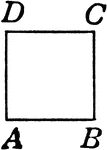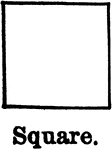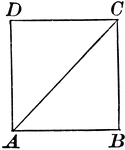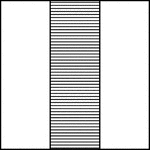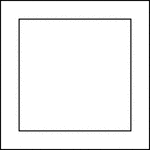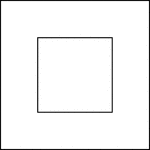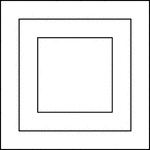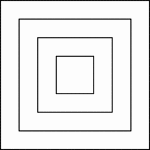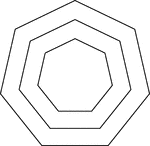
3 Concentric Septagons/Heptagons
Illustration of 3 regular concentric heptagons/septagons that are equally spaced.
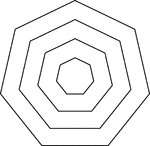
4 Concentric Septagons/Heptagons
Illustration of 4 regular concentric heptagons/septagons that are equally spaced.

Shark
Tangrams, invented by the Chinese, are used to develop geometric thinking and spatial sense. Seven figures…

Shark
Tangrams, invented by the Chinese, are used to develop geometric thinking and spatial sense. Seven figures…

Shark
Tangrams, invented by the Chinese, are used to develop geometric thinking and spatial sense. Seven figures…

Shark
Tangrams, invented by the Chinese, are used to develop geometric thinking and spatial sense. Seven figures…

Ship
Tangrams, invented by the Chinese, are used to develop geometric thinking and spatial sense. Seven figures…

Ship
Tangrams, invented by the Chinese, are used to develop geometric thinking and spatial sense. Seven figures…

Ship
Tangrams, invented by the Chinese, are used to develop geometric thinking and spatial sense. Seven figures…

Ship
Tangrams, invented by the Chinese, are used to develop geometric thinking and spatial sense. Seven figures…
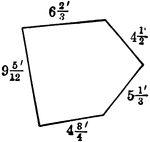
Pentagon With Sides Labeled
Illustration of a pentagon with sides measuring 6 2/3', 4 1/2', 5 1/3', 4 3/4', and 9 5/12'.
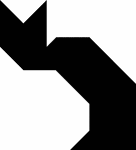
Sitting Cat
Tangrams, invented by the Chinese, are used to develop geometric thinking and spatial sense. Seven figures…

Sitting Cat
Tangrams, invented by the Chinese, are used to develop geometric thinking and spatial sense. Seven figures…
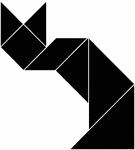
Sitting Cat
Tangrams, invented by the Chinese, are used to develop geometric thinking and spatial sense. Seven figures…
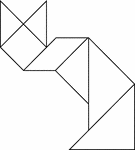
Sitting Cat
Tangrams, invented by the Chinese, are used to develop geometric thinking and spatial sense. Seven figures…

Small House
Tangrams, invented by the Chinese, are used to develop geometric thinking and spatial sense. Seven figures…

Small House
Tangrams, invented by the Chinese, are used to develop geometric thinking and spatial sense. Seven figures…
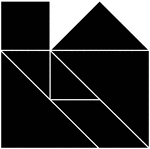
Small House
Tangrams, invented by the Chinese, are used to develop geometric thinking and spatial sense. Seven figures…
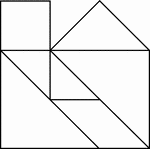
Small House
Tangrams, invented by the Chinese, are used to develop geometric thinking and spatial sense. Seven figures…

Smoking Pipe
Tangrams, invented by the Chinese, are used to develop geometric thinking and spatial sense. Seven figures…
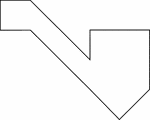
Smoking Pipe
Tangrams, invented by the Chinese, are used to develop geometric thinking and spatial sense. Seven figures…
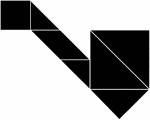
Smoking Pipe
Tangrams, invented by the Chinese, are used to develop geometric thinking and spatial sense. Seven figures…
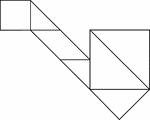
Smoking Pipe
Tangrams, invented by the Chinese, are used to develop geometric thinking and spatial sense. Seven figures…
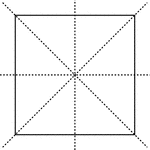
Lines of Symmetry, Square With
Square with dotted vertical, horizontal, and diagonal lines that are lines of symmetry.
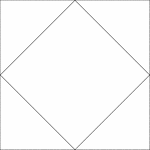
Square Inscribed In A Square
Illustration of a square inscribed in a square. The interior square is rotated 45° in relation to…
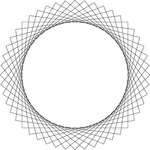
12 Congruent Rotated Squares
Illustration of 12 congruent squares that have the same center. Each square has been rotated 7.5°…
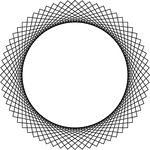
16 Congruent Rotated Squares
Illustration of 16 congruent squares that have the same center. Each square has been rotated 5.625°…
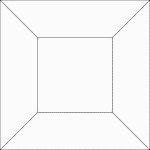
2 Concentric Squares
Illustration of 2 concentric squares whose vertices are connected by line segments.
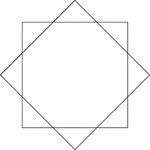
2 Congruent Rotated Squares
Illustration of 2 congruent squares that have the same center. One square has been rotated 45° in…
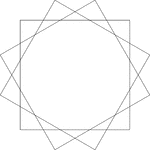
3 Congruent Rotated Squares
Illustration of 3 congruent squares that have the same center. Each square has been rotated 30°…
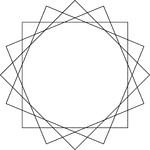
4 Congruent Rotated Squares
Illustration of 4 congruent squares that have the same center. Each square has been rotated 22.5°…
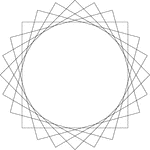
6 Congruent Rotated Squares
Illustration of 6 congruent squares that have the same center. Each square has been rotated 15°…
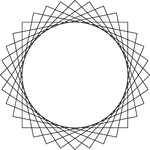
8 Congruent Rotated Squares
Illustration of 8 congruent squares that have the same center. Each square has been rotated 11.25°…
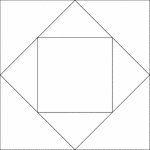
Squares Inscribed In Squares
Illustration of a square inscribed in a square that is inscribed in another square. Each successive…
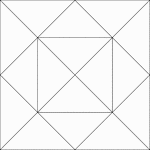
Squares Inscribed In Squares
Illustration of a square inscribed in a square that is inscribed in another square. Each successive…
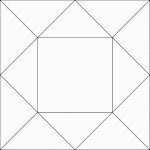
Squares Inscribed In Squares
Illustration of a square inscribed in a square that is inscribed in another square. Each successive…

St. Petersburg Pier
Tangrams, invented by the Chinese, are used to develop geometric thinking and spatial sense. Seven figures…

St. Petersburg Pier
Tangrams, invented by the Chinese, are used to develop geometric thinking and spatial sense. Seven figures…

St. Petersburg Pier
Tangrams, invented by the Chinese, are used to develop geometric thinking and spatial sense. Seven figures…

St. Petersburg Pier
Tangrams, invented by the Chinese, are used to develop geometric thinking and spatial sense. Seven figures…
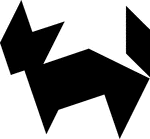
Standing Fox
Tangrams, invented by the Chinese, are used to develop geometric thinking and spatial sense. Seven figures…
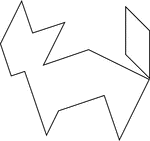
Standing Fox
Tangrams, invented by the Chinese, are used to develop geometric thinking and spatial sense. Seven figures…
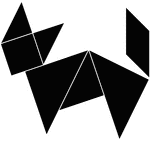
Standing Fox
Tangrams, invented by the Chinese, are used to develop geometric thinking and spatial sense. Seven figures…
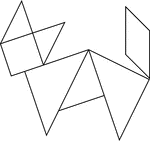
Standing Fox
Tangrams, invented by the Chinese, are used to develop geometric thinking and spatial sense. Seven figures…

Stingray
Tangrams, invented by the Chinese, are used to develop geometric thinking and spatial sense. Seven figures…
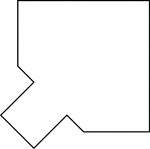
Stingray
Tangrams, invented by the Chinese, are used to develop geometric thinking and spatial sense. Seven figures…
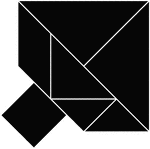
Stingray
Tangrams, invented by the Chinese, are used to develop geometric thinking and spatial sense. Seven figures…
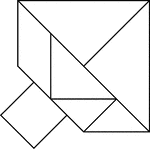
Stingray
Tangrams, invented by the Chinese, are used to develop geometric thinking and spatial sense. Seven figures…
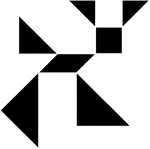
Stylized Rabbit
Tangrams, invented by the Chinese, are used to develop geometric thinking and spatial sense. Seven figures…
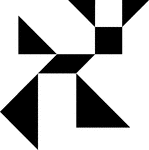
Stylized Rabbit
Tangrams, invented by the Chinese, are used to develop geometric thinking and spatial sense. Seven figures…

Stylized Rabbit
Tangrams, invented by the Chinese, are used to develop geometric thinking and spatial sense. Seven figures…
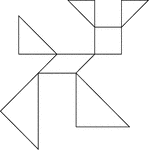
Stylized Rabbit
Tangrams, invented by the Chinese, are used to develop geometric thinking and spatial sense. Seven figures…
